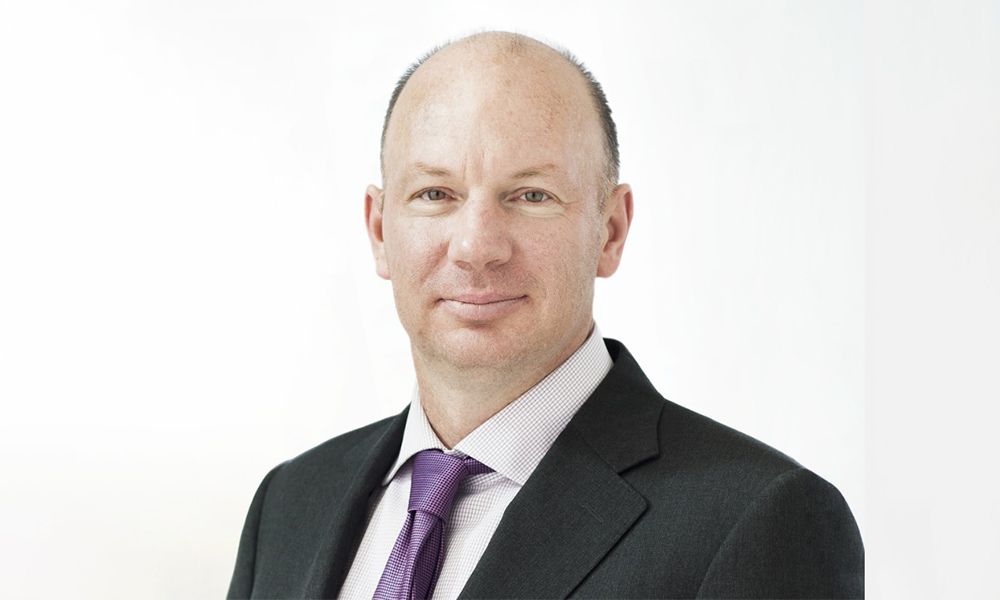
Many Canadians falsely believe that a patient cannot sue their doctor in Canada, says lawyer

This article is part of a series addressing popular topics and questions that clients and the public may have about the legal profession.
In his daily interactions with the public, Duncan Embury frequently comes across the misconception that a patient cannot sue their doctor in Canada.
Learn the legal steps to take when suing a doctor for negligence in Canada here.
Many people who may have valid claims do not explore their rights, says Embury, head of the Medical Malpractice Group at Neinstein LLP in Toronto. They do not know where to start either because they do not believe they have any or because the process is so intimidating and expensive.
“It’s really important that people know that if they, or their loved one, has suffered severe injury in the medical setting, that it certainly is possible that they have the right to seek compensation for that,” he says.
Lawyers like Embury, who practise medical malpractice, deal with any situation in which a patient has suffered avoidable injury or harm within the medical system. This harm could be during a doctor visit, hospital or operative setting, or the labour and baby-delivery context.
He spends his days listening to people’s stories, meeting members of the public and the loved ones of the injured person, so he can piece together what and how the medical injury occurred. He gathers relevant medical records and reviews the information. Embury’s firm retains outside experts in the relevant medical fields to examine the collected documentation to help determine whether medical providers followed the applicable standard of care and, if not, whether the failure to follow the standard of care caused the injury.
Embury also spends a lot of time in court. “Some of these cases do, unfortunately, require the full machinery of a trial in order to get to a resolution,” he says.
The Canadian Medical Protective Association represents doctors in Canada. According to an article written by Jonathan Farine and Emma Pedota, lawyers at McLeish Orlando LLP, the CMPA has a $5-billion war chest, which it uses to defend physicians from legal claims.
The CMPA is a cooperative, not an insurer, and doctors are members. The Hospital Insurance Reciprocal of Canada represents many hospitals.
Says Embury, “Those two organizations then take over the defence of the claim on behalf of those constituent parts – whether it’s the physicians, the nurses or the hospital – in order to do their own investigation and then determine whether or not the case is defensible, or whether it’s one that should be resolved and a family or an injured person compensated.”
The “unifying thread” in Embury’s practice, which involves a lot of labour-and-delivery injuries, strokes and strokes missed by physicians, is miscommunication, he says. A doctor often hands off care to another provider, or lab results move between facilities, and the communication breakdown leads to harm or injury. “Thankfully, most times they don’t. But that seems to be a common area where errors do arise.”
Farine and Pedota list three essential elements medical malpractice claimants must demonstrate to have a viable case in their article. They must show that they were, in fact, a patient of the healthcare provider. The claimant must show the practitioner was negligent and breached the required standard of care. And they must also show that the negligent action caused the harm. These criteria need “very technical expertise and substantial resources,” write the authors.
For claimants, the clock is ticking once they discover the injury. Limitation times are determined province-by-province but are most often two years. People injured during birth have until they turn 20 – two years after becoming an adult.
Medical-malpractice litigation takes a long time and is pricey, said Farine and Pedota. The possible tomes of medical records to examine, working with expert medical opinions to build a case, and the fact that the CMPA – unlike insurance companies – is concerned with its members’ reputation, not just the economics of the case all lead to a lengthy process. The authors said that the expert opinion required to prove negligence and quantify damages could run up to $200,000 worth of disbursements.
Farine and Pedota also cite the CPMA’s 2019 annual report, which shows that in 775 resolved legal actions that year, only five patients won at trial, compared with 47 successful physicians. Another 285 cases were settled, and 438 were either dismissed or abandoned.
Called to the Ontario bar in 1996, Embury began with a varied litigation practice. But two years in, he handled a medical negligence case in which a young woman suffered a severe brain injury after a routine gallbladder surgery went wrong. Embury saw the real-life difference a lawyer could make in someone’s life. “That sort of struck a chord with me,” he says.
Since then, he has devoted his entire practice to medical negligence cases.
Embury is drawn to the experience of giving people a voice in a “very complex system,” in which they feel powerless to address the injuries they have suffered or understand why they occurred and what could have been avoided, he says.
“To be able to give people those answers, and – to the extent that an error was made – to provide them with more independence and freedom… I find it really fulfilling to be able to actually make a meaningful difference in someone’s life or the lives of an entire family who have suffered through this type of event.”